The Herring Spawn: BC’s Great Wildlife Event You Probably Haven’t Heard Of
Each spring, British Columbia’s coastline comes alive with a vibrant, fleeting natural phenomenon—the herring spawn.
I duck down, instinctively shielding myself as hundreds of seagulls sweep low overhead, grouped together searching for fish eggs at low tide. Below, the ocean beams a surreal turquoise colour, teeming with life as millions of herring gather in the shallow waters of BC’s coast to spawn. The scene feels paradoxical—the snowy mountains surrounding me suggest winter's grip, yet the vibrant waters, tinted by a mixture of herring eggs and milt, promise the renewal of spring. The air is cool, the sun gently warms your exposed skin and the smell well, it’s quite fishy. Thousands of seabirds, sea lions, and hungry orcas converge along the island shores throughout the Strait of Georgia, creating a palpable energy as they feast on fish and roe. It’s one of the greatest wildlife events of the year, yet it is still largely unknown to many.
March 2023 was my first opportunity to witness this natural phenomenon firsthand. Timing is everything—the spawn is unpredictable, fleeting, and requires flexibility to chase. It typically occurs from late-February to late-March, but there’s no way to predict it with certainty. The event lasts just 2-3 weeks, with each spawning site active for only a couple of days. With just a few days to spare in my schedule, I drove up from Victoria to the Comox Valley, one of the most consistent viewing locations on Vancouver Island, eager to learn and capture it from as many perspectives as possible.
Thankfully, I got lucky with my timing and witnessed the peak of the event. Over a few days, I walked the Island’s coastlines with fellow photographers, chartered a small Cessna plane for a bird’s-eye view, and sailed around Hornby and Denman Islands to experience the action up close. From a photographer's perspective, the spawn tailings create mesmerizing abstract patterns, and much like the salmon spawn, it triggers a feeding frenzy—making it one of the best times to observe and document coastal wildlife.
The herring spawn is a keystone event, sustaining countless marine species and humans. These small fish play a large and critical role in the ecosystem, gathering in massive schools to spawn with females releasing up to 20,000 adhesive eggs onto any available surface. The resulting clouds of eggs and sperm are what turns the water into a milky, opaque turquoise blue. It may look inviting but I wouldn’t suggest going for a swim!
Herring are vital in the food web. For example, their populations help feed salmon, which in turn sustain predators like bears, wolves, and eagles, as well as other marine species. When these salmon-eating predators drag the nitrogen-rich remains into the forest, they enrich the soil, fostering the health of the rainforest helping to produce massive trees. A thriving forest, in turn, supports these animals and sustains the delicate cycles of life, highlighting the profound impact of these small fish on the broader ecosystem.
During that initial trip, I saw numerous orcas, humpbacks, sea lions, otters, seals, bald eagles, and a variety of seabirds. However, what I wasn’t expecting was how this event brought the community together. Photographers, researchers, biologists and nature enthusiasts all gathered to share in the wonder and beauty of the herring spawn. That sense of connection ended up becoming the highlight of my trip.

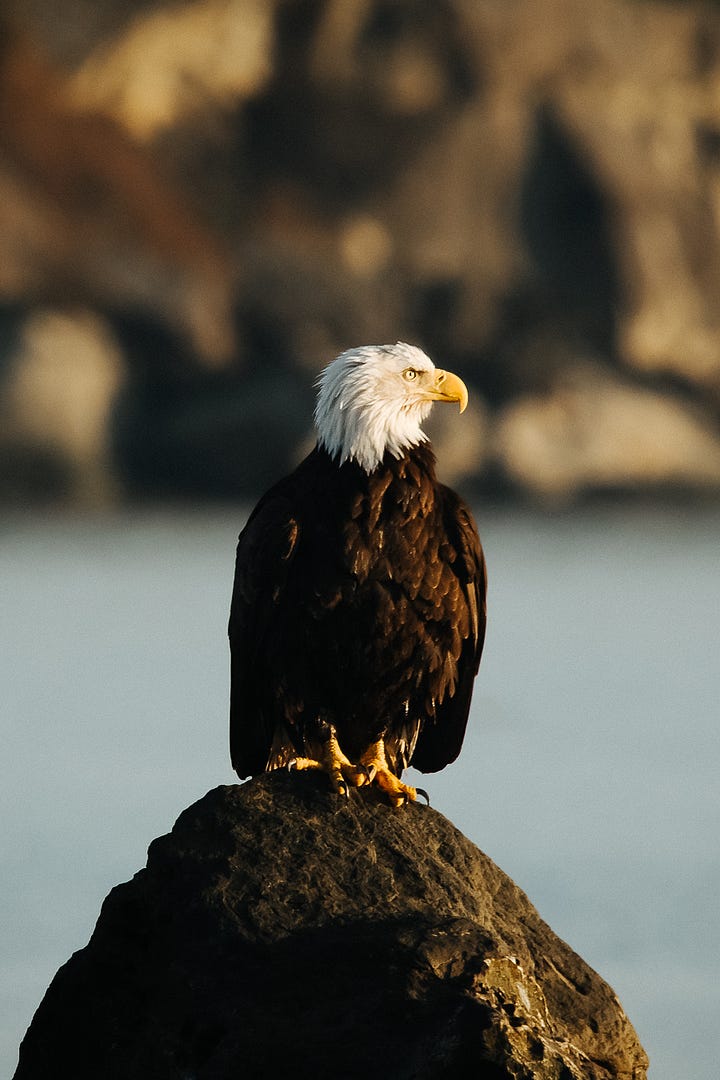
This experience inspired a new project: a dedicated sailing photography tour created alongside two good friends of mine, Captain John Kelsey and private chef Meesh Coles. Together, we’ve designed an immersive experience that offers a front-row seat to this incredible event, from land and sea, complete with cozy accommodation and gourmet meals to fuel the adventure. The past 2024 tours offered some of the best wildlife encounters that I have ever personally had, solidifying the spawn as one of my favourite times of the year.
The herring spawn has a transformative effect on people. For some, it’s their first time seeing wildlife up close, feeling as though they’ve stepped into a Nat Geo documentary. For others, it’s a chance to learn about and witness how connected the ecosystem is and how important these little fish are. Seeing it unfold before you allows you to develop a deeper connection to the natural world. These moments of inspiration often lead to a newfound appreciation for the ecosystems that make such events possible.
For thousands of years, herring have been a vital food source for many coastal First Nations, from Alaska all the way down to Washington State. Unfortunately, these fish are in decline due to overfishing, habitat loss, and climate change. Several First Nations communities and conservation groups are now calling for a halt to commercial fishing in order to give the remaining population a chance to recover. Witnessing the herring spawn is a privilege, and with that privilege comes responsibility. I encourage all readers to experience this phenomenon and to do so respectfully—whether by joining a tour that adheres to ethical practices and gives back or exploring independently. Supporting local conservation initiatives such as Conservancy Hornby Island, the Herring Conservation and Restoration Society, and Pacific Wild, as well as spreading awareness about the importance of herring as a keystone species, are meaningful ways to help ensure their future.
I wouldn’t want to imagine a world without herring!
See it for yourself!
Best Time to Visit: Late February to mid-March (timing varies yearly). It’s better to be early because even if you miss the spawn you’ll still witness a large number of animals gathered in the area, patiently awaiting the herring’s arrival.
Viewing Hot Spots: The shallow coastlines of Hornby and Denman Islands, Comox Valley, Parksville and Qualicum Beach, Powell River and Sunshine Coast, Vancouver Island's West Coast. Keep a look out for large groups of birds and sea lions, they tend to be hanging out near the spawn sites.
What to Bring: Binoculars, camera gear, layers for unpredictable weather, and sturdy boots for exploring the coastlines.
Resources: Join local wildlife sightings groups on Facebook to stay updated on recent sightings, book a tour with a local operator, photographer or wildlife guide who knows the area, check in with the local tourism board or visitor centre for more information on where to go and what to do.








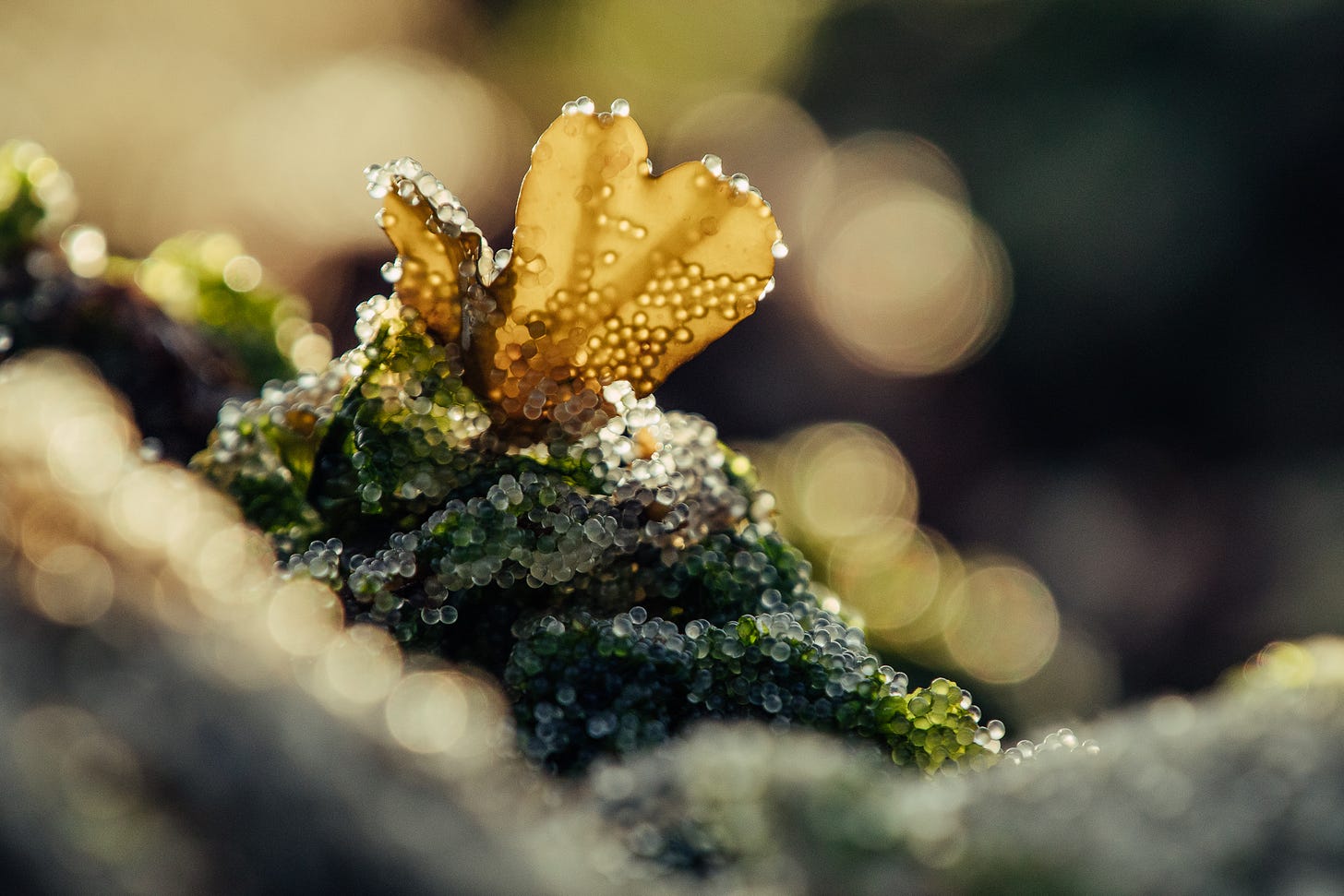
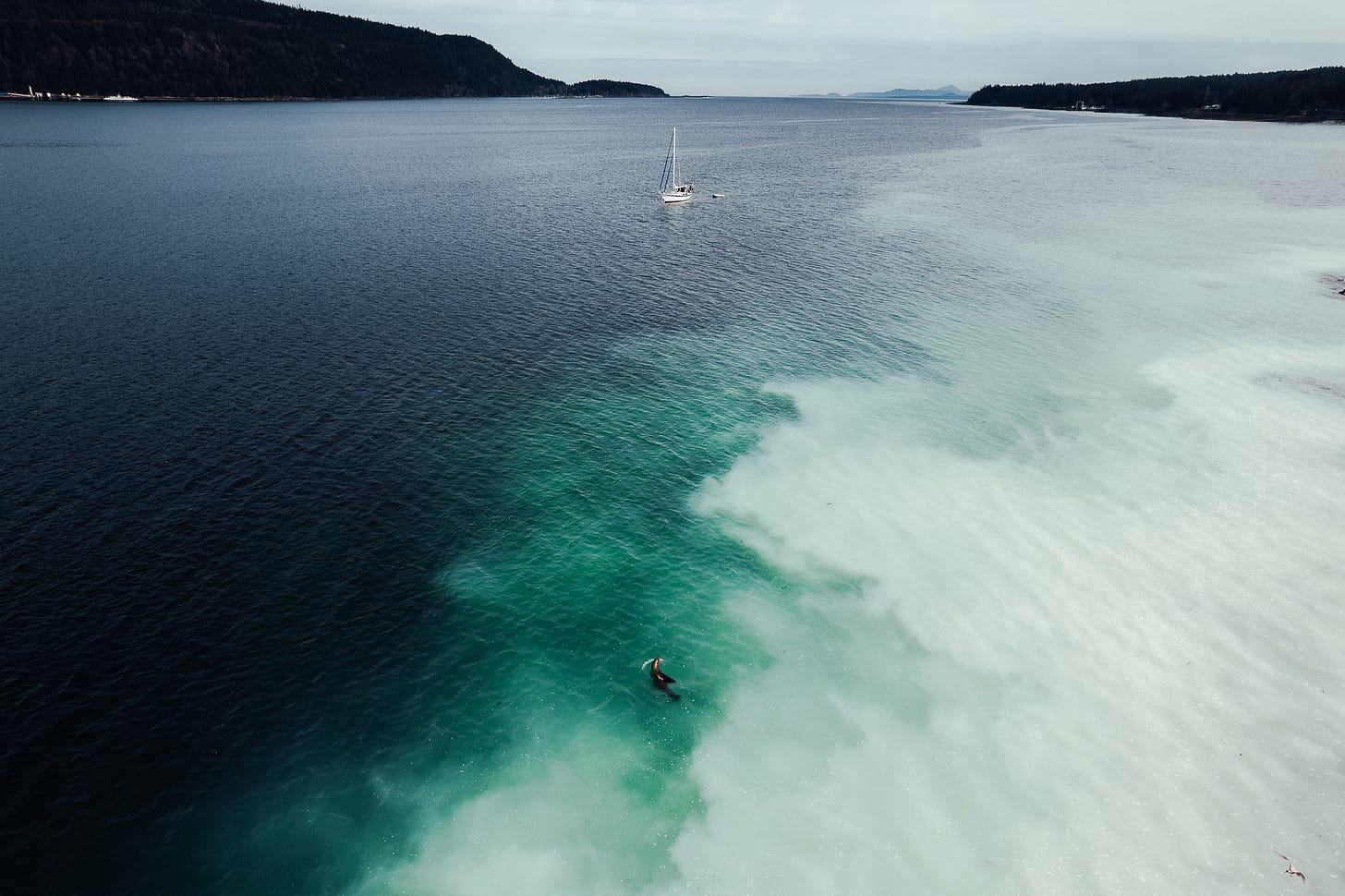

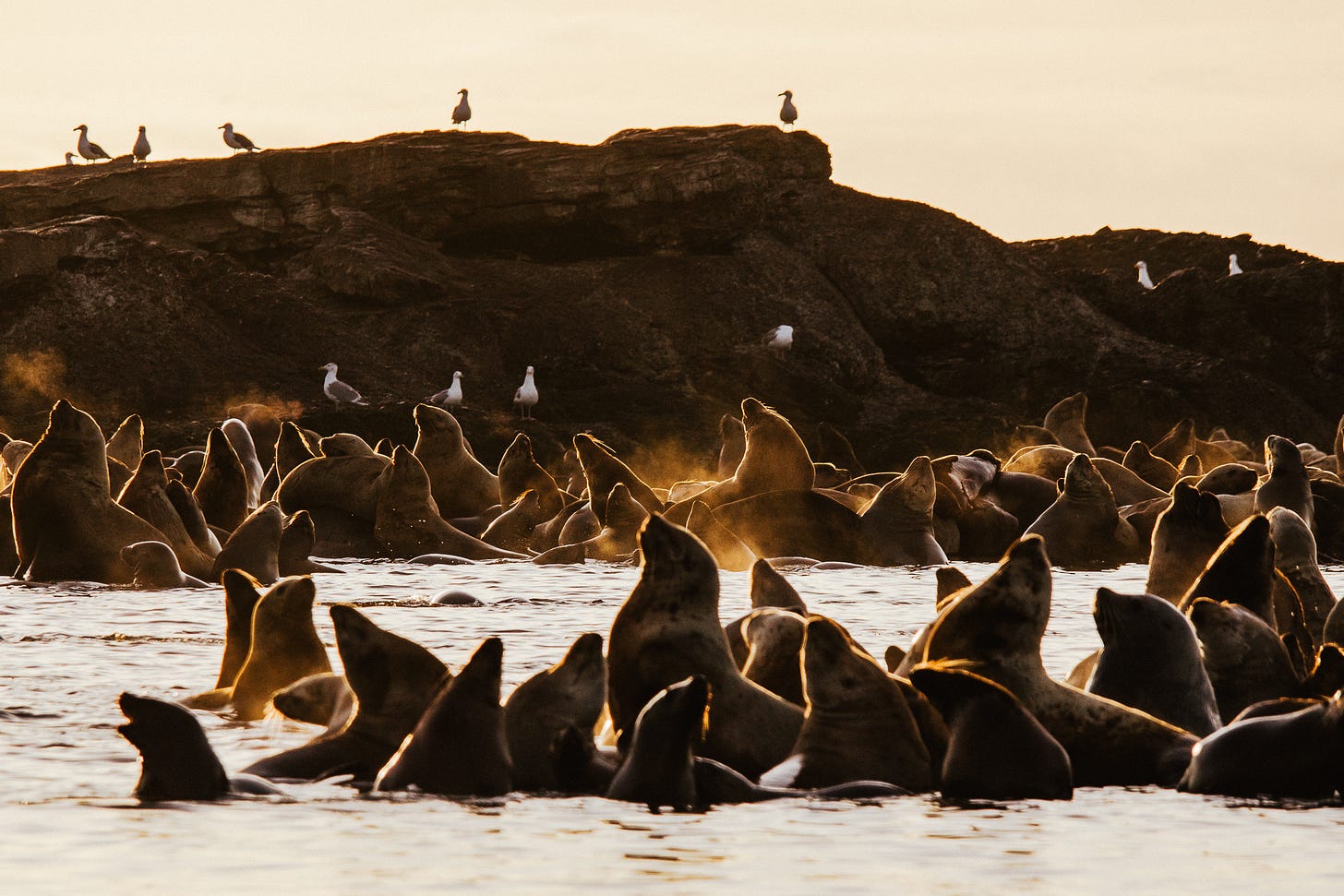

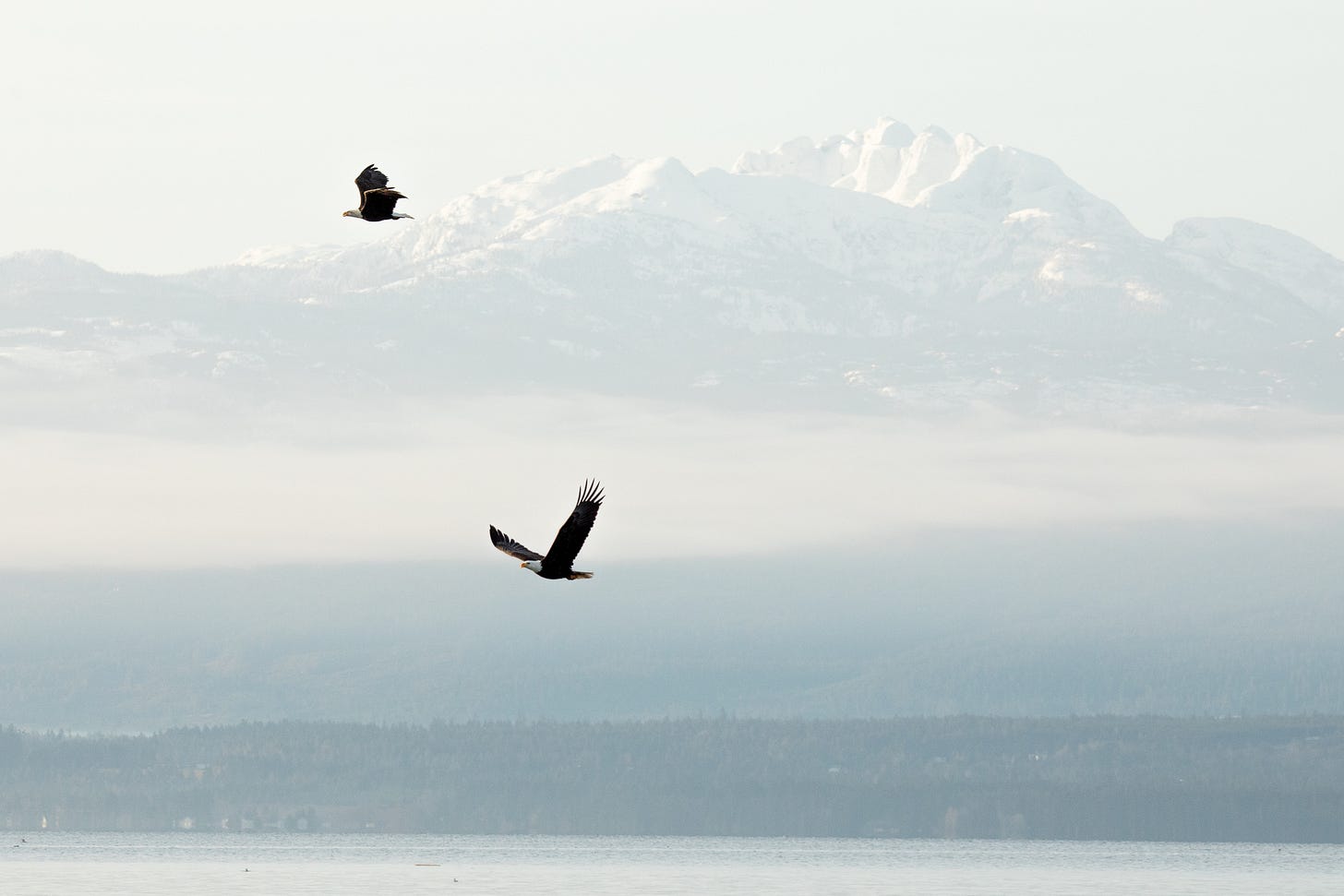
Love this Taylor! Thanks for sharing.
This should be in UNESCO Heritage listing if it already isn’t!